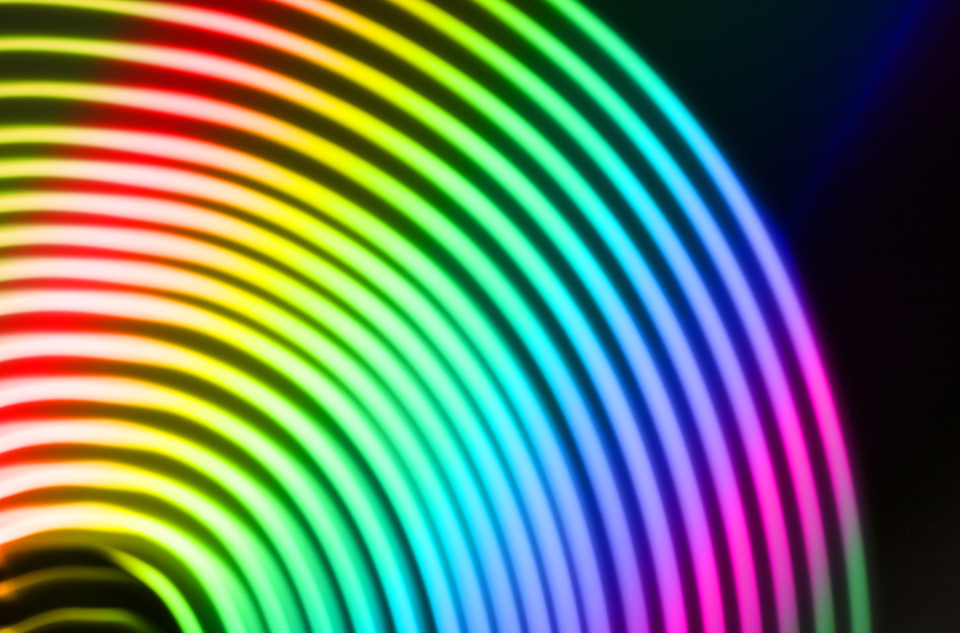Time:2025-05-27
The evolution of RGB neon flex with dynamic color fading effects has redefined contemporary lighting design, offering a harmonious blend of artistic expression and technological sophistication. As industries increasingly prioritize adaptable, energy-efficient, and visually captivating solutions, this innovation stands out as a transformative tool for architects, designers, and event planners seeking to create immersive environments.
The Art of Dynamic Color Transitions
Dynamic color fading transcends traditional static lighting by introducing fluid, programmable transitions between hues. Unlike conventional RGB systems that switch abruptly, advanced neon flex employs smooth gradient algorithms to mimic natural light shifts or abstract artistic patterns. This capability is powered by:
Intelligent Control Systems: Microprocessor-driven controllers that orchestrate color blending and timing.
User-Centric Customization: Software interfaces allowing designers to create bespoke fading sequences, from slow, meditative transitions to rapid, rhythmic pulses.
Ambient Responsiveness: Integration with sensors to adjust colors based on external factors like room occupancy or ambient light levels.
Such features enable the creation of lighting that not only illuminates but also interacts with its surroundings, enhancing emotional resonance in spaces.

Transformative Applications Across Industries
Retail and Hospitality
Dynamic neon flex is reshaping customer experiences in retail stores, hotels, and restaurants. Gradual color shifts can guide foot traffic, highlight merchandise, or evoke specific moods—such as warm tones for cozy dining areas or vibrant hues for lively bars.
Public Art and Urban Design
Cities worldwide are adopting RGB neon flex for interactive public installations. Fading effects can synchronize with pedestrian movement, seasonal themes, or cultural events, turning bridges, plazas, and monuments into dynamic storytelling platforms.
Residential Wellness Spaces
Homeowners are leveraging color-fading neon flex for wellness-centric designs. For instance, circadian rhythm-aligned lighting in home gyms or meditation rooms transitions from energizing blues in the morning to calming reds in the evening, promoting mental and physical well-being.
Automotive and Transportation
Emerging applications include vehicle accent lighting and transit hub wayfinding systems. Dynamic neon flex enhances safety and aesthetics in tunnels, airports, or EV charging stations through color-coded guidance and adaptive illumination.
Key Innovations Driving Adoption
Material Advancements: Flexible, UV-resistant silicone coatings ensure durability in extreme temperatures and outdoor environments.
Modular Design: Cuttable, linkable segments simplify installation in complex geometries, from curved ceilings to 3D sculptures.
Silent Operation: Unlike buzzing traditional neon, LED-based flex operates noiselessly, ideal for noise-sensitive venues like theaters or studios.
Cross-Platform Compatibility: Integration with DMX, DALI, and IoT ecosystems allows centralized control across lighting, audio, and HVAC systems.
Sustainability and Energy Efficiency
Modern RGB neon flex aligns with global sustainability goals through:
Low Power Consumption: High-efficiency LEDs minimize energy use without compromising brightness or color quality.
Longevity: Reduced replacement frequency due to lifespans exceeding traditional lighting solutions.
Eco-Friendly Materials: Recyclable components and lead-free manufacturing processes cater to environmentally conscious buyers.
Best Practices for Implementation
Collaborative Design: Engage lighting specialists early in architectural projects to optimize placement and control integration.
Layered Lighting: Combine neon flex with complementary fixtures (e.g., spotlights, linear LEDs) to achieve depth and dimension.
Testing and Prototyping: Simulate color transitions in different lighting conditions to ensure desired visual impact.
Future Horizons: Beyond Illumination
The next generation of RGB neon flex will likely incorporate:
AI-Generated Patterns: Machine learning algorithms that auto-generate color sequences based on user preferences or real-time data.
Haptic Feedback Integration: Lighting that responds to touch or motion, adding tactile interaction to visual experiences.
Biophilic Design: Color schemes mimicking natural phenomena (e.g., auroras, ocean waves) to enhance human-nature connectivity.
Conclusion
RGB neon flex with dynamic color fading effects is more than a lighting solution—it is a medium for innovation, emotion, and sustainability. By embracing its versatility and staying ahead of technological trends, businesses and creatives can unlock new dimensions in design, functionality, and user engagement. As the boundaries between technology and art continue to blur, this lighting technology will remain pivotal in shaping the illuminated landscapes of tomorrow.
For architects, designers, and brands aiming to differentiate their projects, investing in dynamic neon flex is not just a choice but a strategic imperative in an increasingly visually driven world.